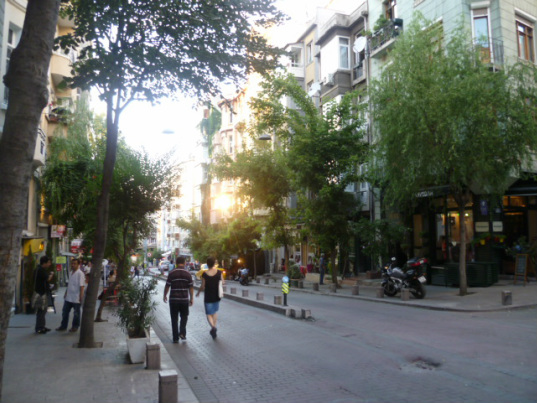 The charming Cihangir neighborhood of central Istanbul
The charming Cihangir neighborhood of central Istanbul Istanbul struck me as an ideal starting point from Berlin. It's a city that straddles both Europe and Asia, combines both European and non-European characteristics, and is a global megacity where I was sure I could learn a lot. It turned out to be an unexpectedly good choice that changed my thinking about developing world cities on many fronts.
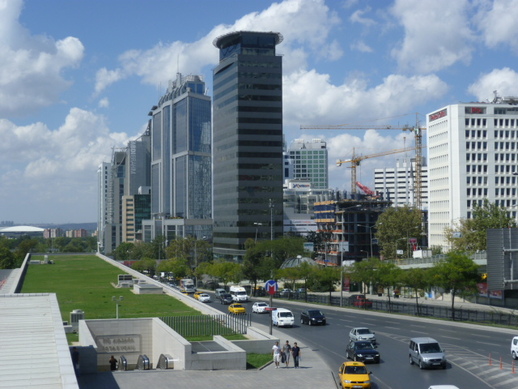 Maslak business district at metro stop with green roof
Maslak business district at metro stop with green roof 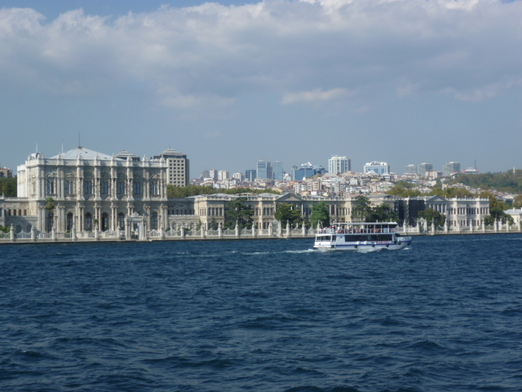 Dolmabahçe Palace on the crystal-clear waters of the Bosporus
Dolmabahçe Palace on the crystal-clear waters of the Bosporus 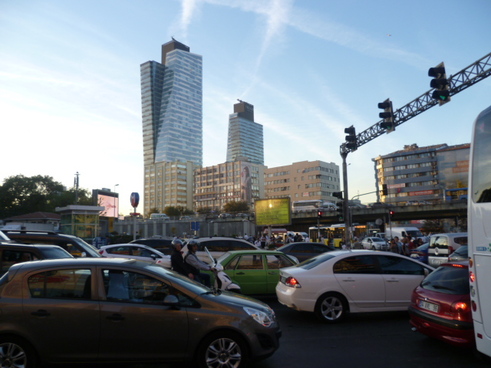 A typically jam-packed street during rush hour.
A typically jam-packed street during rush hour. Istanbul's population density is readily apparent, as much of its large population is squeezed into neighborhoods along the coastline. City neighborhoods tend to have multistory apartment blocks lining narrow streets. And with a rapidly growing number of cars, these streets are overtaxed and bogged down with traffic for much of the day.
The city is complicit in this expansion of automobile transport. Its investments in bigger roads encourages more car usage, and comes at the expense of open spaces and forests. The automobile-traffic clogged streets hinder movement in buses, by far the most common form of public transport in Istanbul. While there is one bus rapid transit line in the city (with dedicated lanes not shared with cars), it is not well integrated with the rest of the city's transport infrastructure and is itself overcrowded.
The rapid growth of the city over the last decades, encouraged by expanded automobile infrastructure, has led to a massive loss in green cover over the last 35 years. The pictures below, courtesy of an academic researcher in Istanbul, show how the city's (and region's) forest cover has dramatically shrunk since 1977.
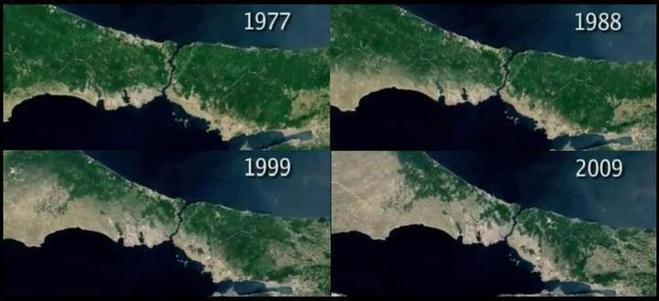 Istanbul's Disappearing Green
Istanbul's Disappearing Green 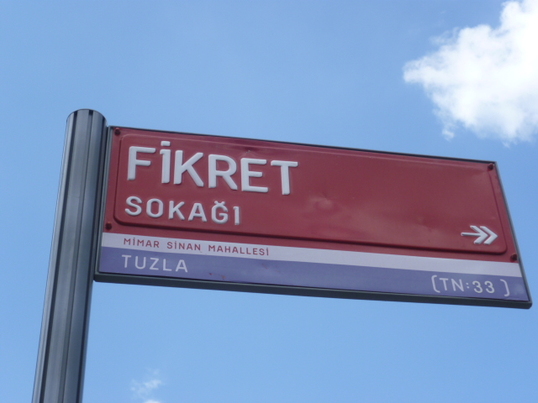
Gecekondu are found throughout and all around Istanbul. I visited several, but in this section will write about the gecekondu I encountered in the Tuzla district.
A position I had rigidly maintained for years was that the 'Green Divide' (the unequal distribution of urban trees and green space in favor of the wealthy) uniformly exists across cities around the world. Before coming to Istanbul, as I discussed my upcoming research with academics here, I was typically confronted with disagreement on this thesis. I assumed that there was some communication problem, as many Turkish academics are not accustomed to using English. How could it be that the poor would have street trees and green spaces while those of higher economic classes didn't? This went against everything I had witnessed in urban Latin America, Africa and even the United States. But in Istanbul the poorest really DO have more green, as you can see in the pictures below.
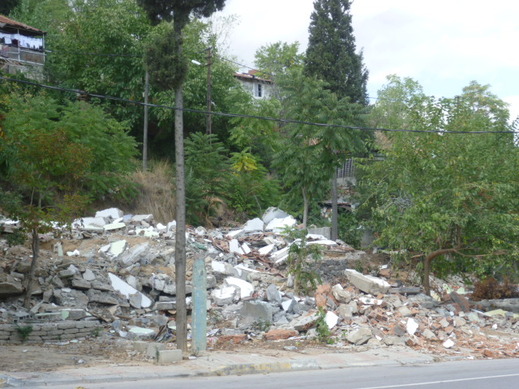 Destroyed gecekondu dwellings
Destroyed gecekondu dwellings In Tuzla I saw widespread destruction of homes, especially along major streets. I wondered what had become of the families who had built their Istanbul lives here. There was no indication of what would follow this demolition, but with the rapid growth of this city, I imagine that cleared areas along wide thoroughfares would be converted to a mix of high-rise commercial and residential use.
As a gecekondu neighborhood develops, population density increases and the settlements gradually take on the dense character of much of the rest of the city. Trees and small garden plots disappear, and the buildings become taller and taller. In some cases, gecekondu are destroyed to make way for highrise developments like those pictured below. They seem like human warehouses to me. You can see a couple of examples in Tuzla below.
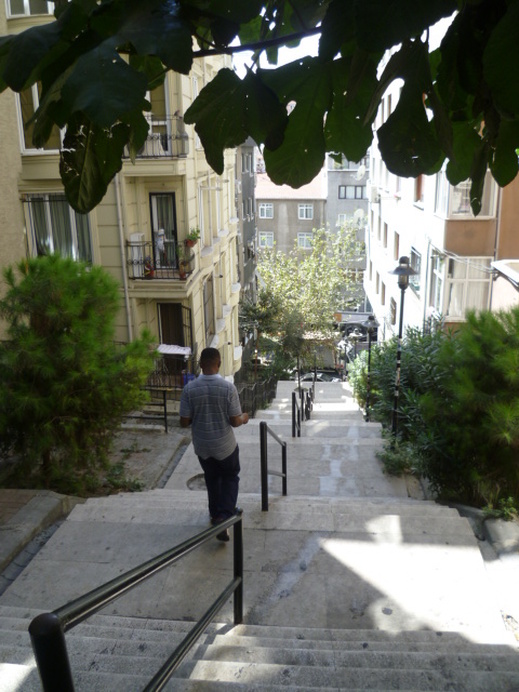
The most wonderful thing about the staircases is that there are, of course, no cars. They are in fact a model for what the streets of Istanbul could be like if they were pedestrianized.
Staircases provide much needed, car-free public space in the city, and I would always see people sitting on these city staircases, especially in the evenings. Often large groups gather here, enjoying a beer and sometimes even a barbecue while taking in the view..
Below are a few shots of some staircases I climbed.
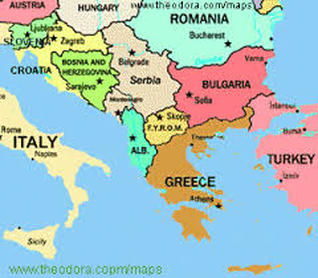
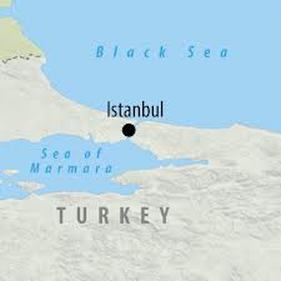
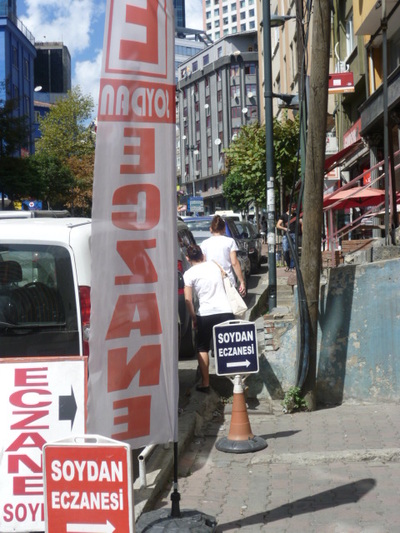
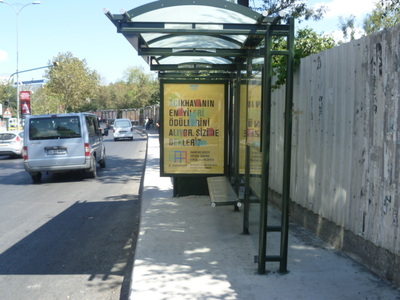
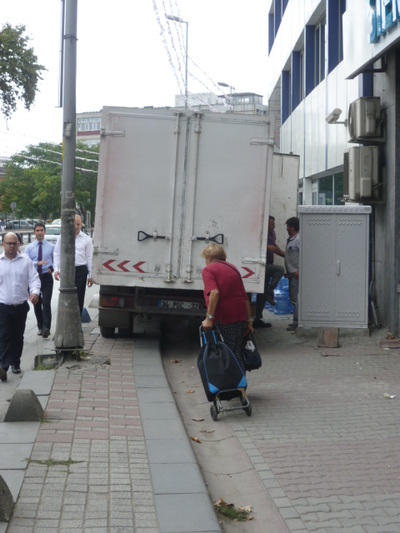
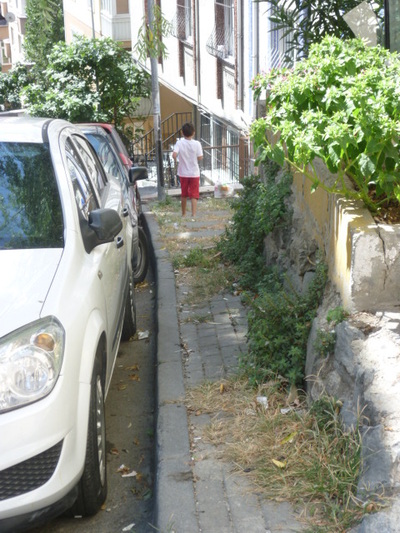
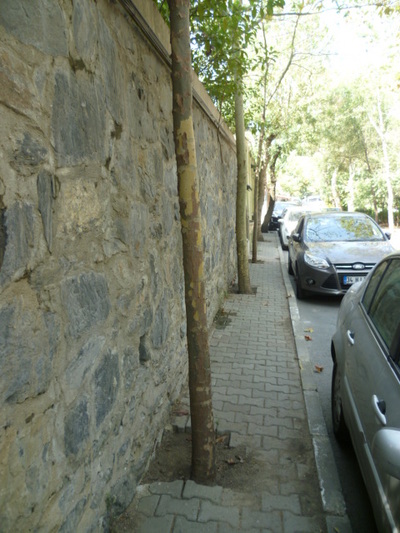
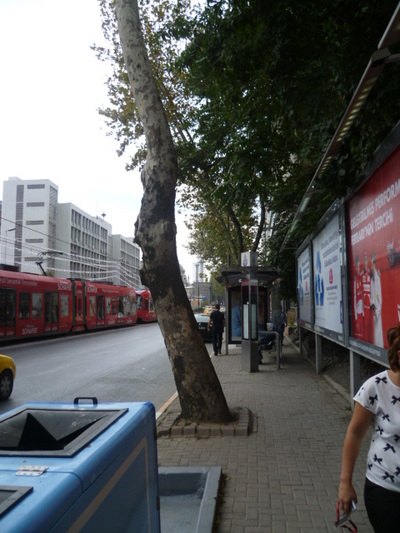
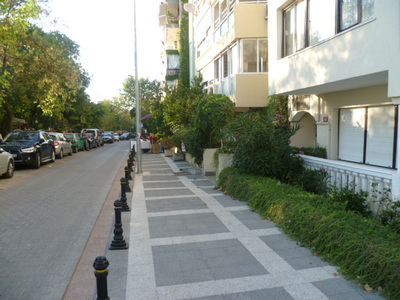
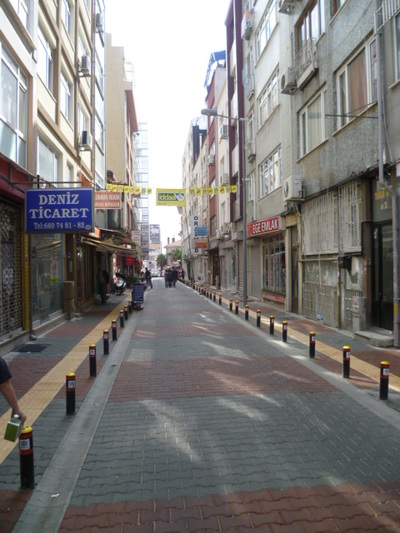

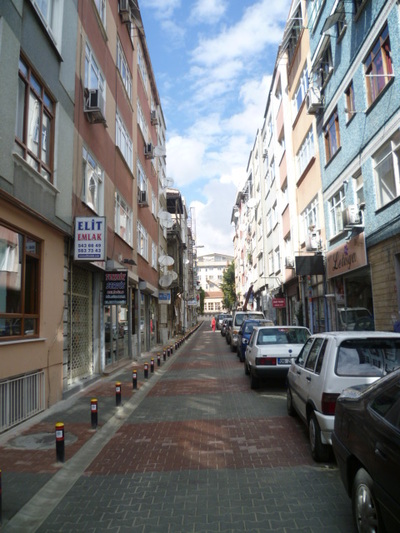
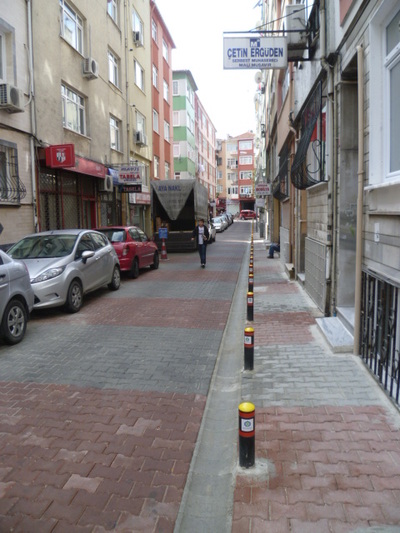
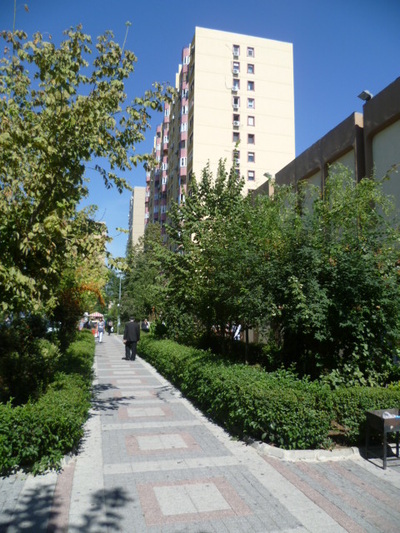
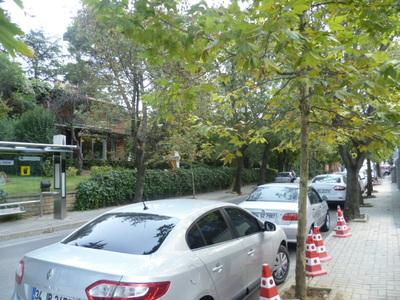
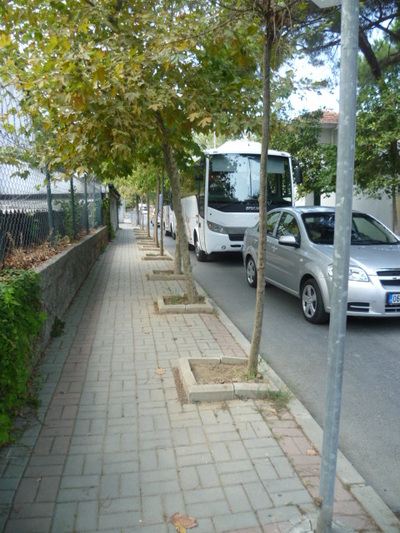
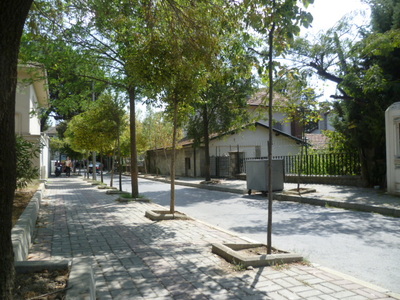
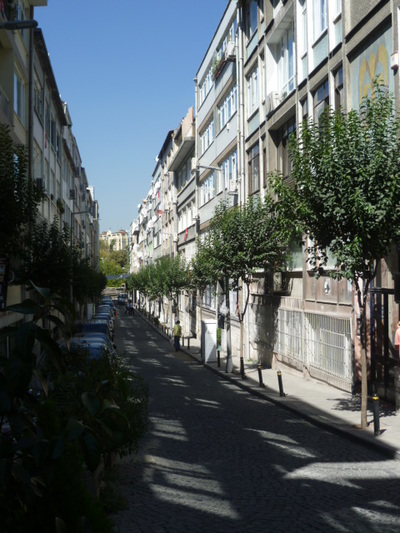
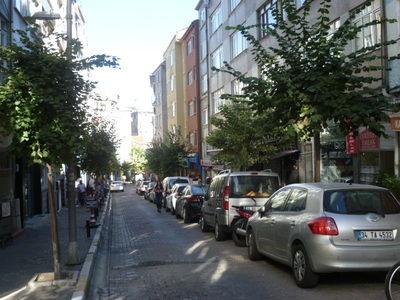
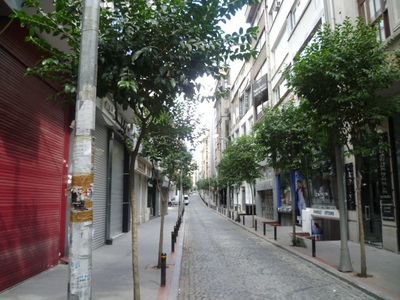
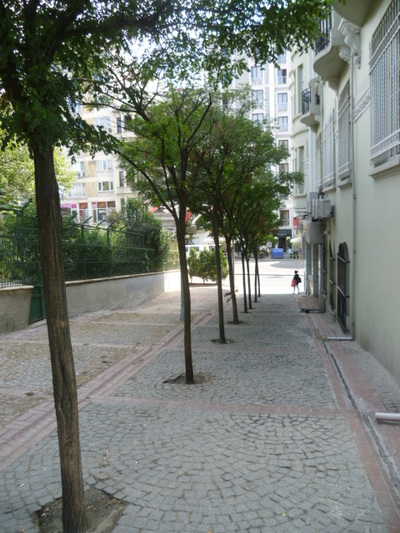
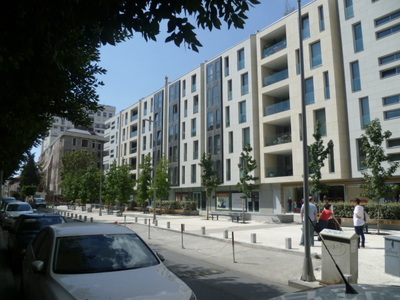
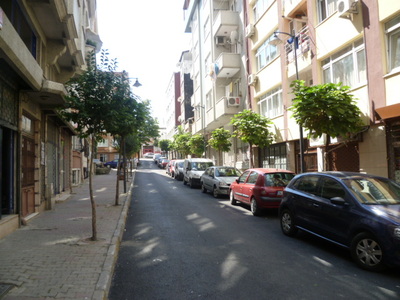

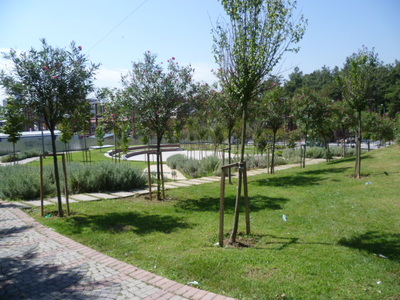
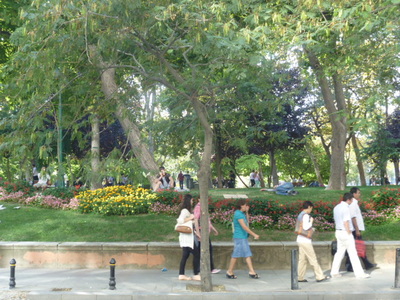
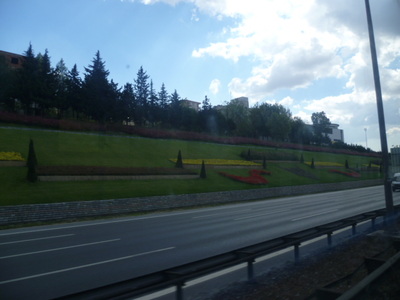
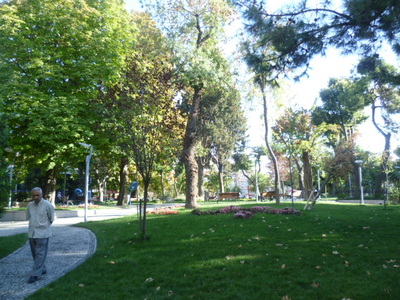
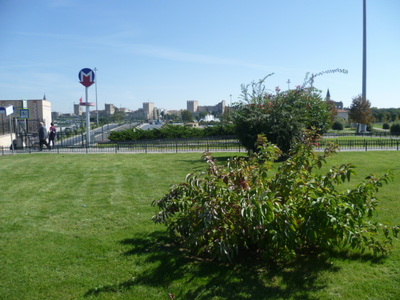
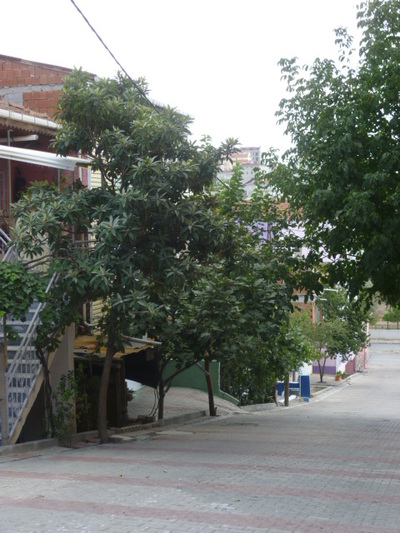
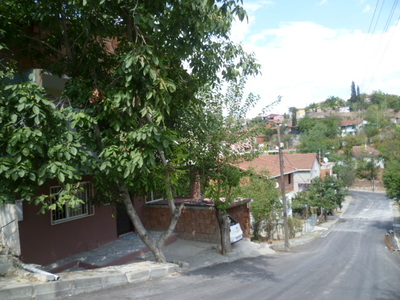
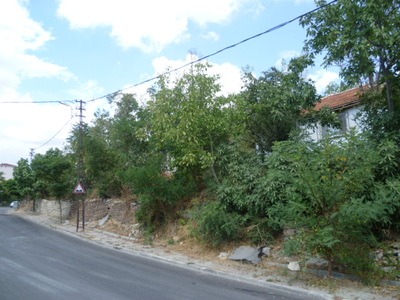
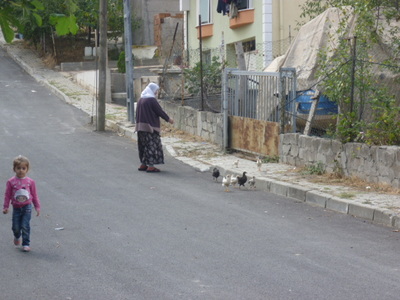
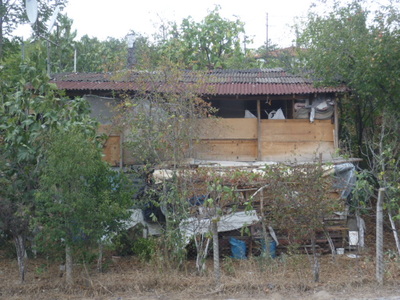

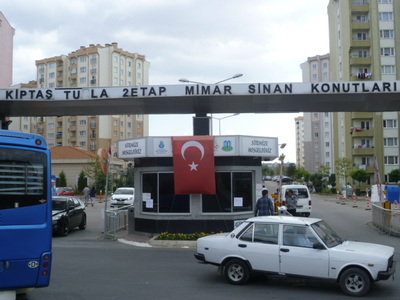
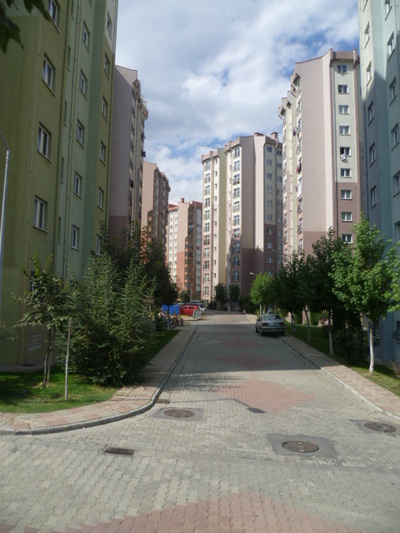
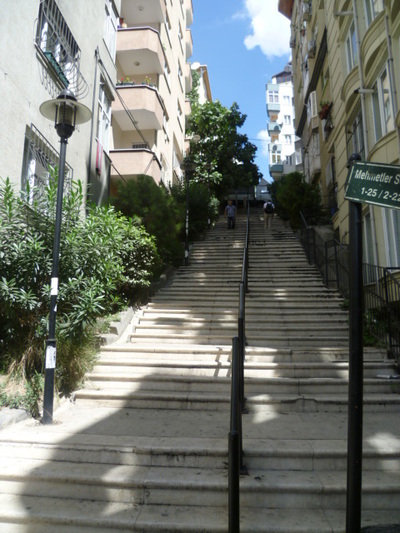
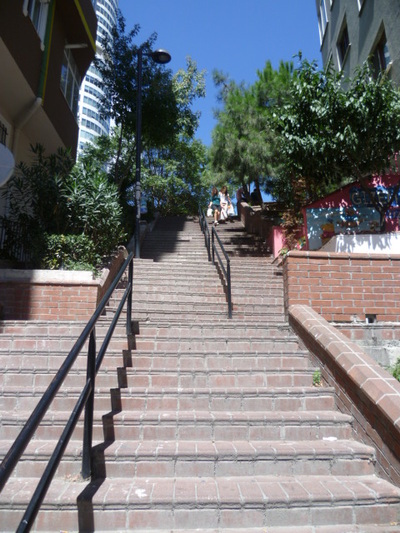
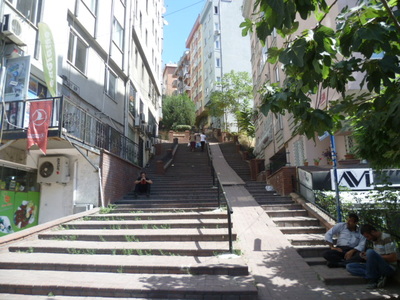
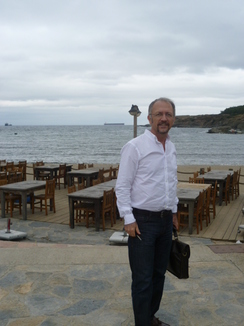
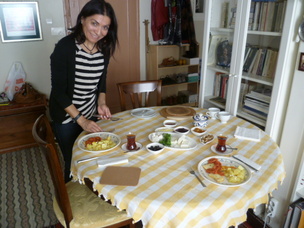
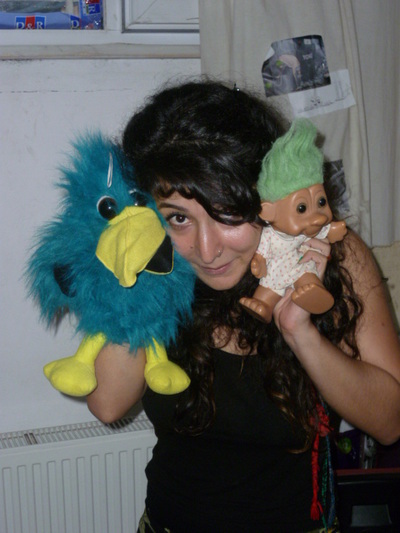
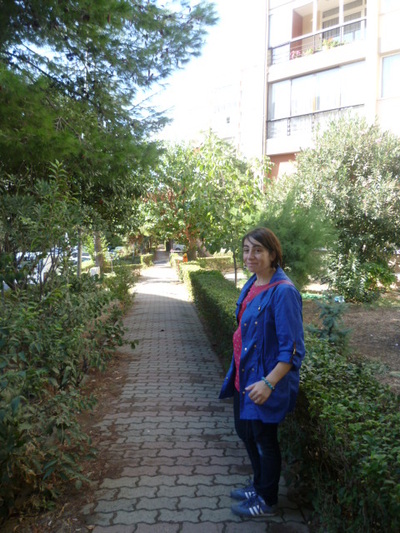
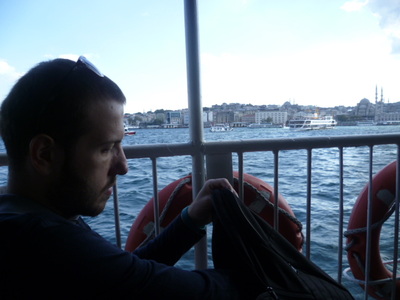
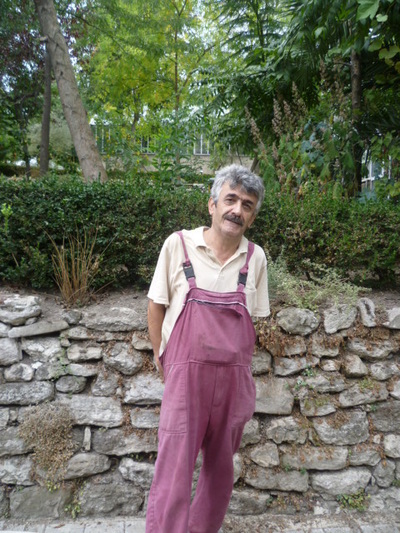
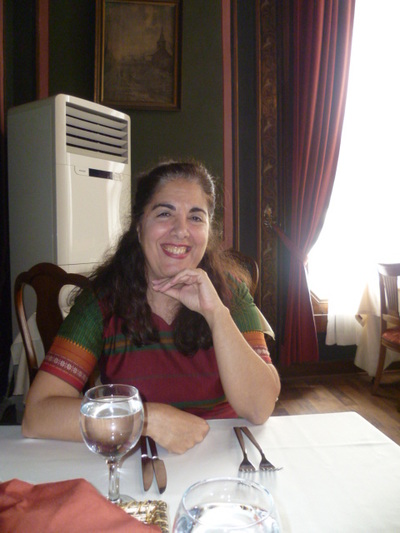
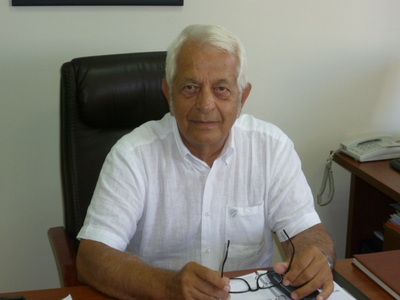
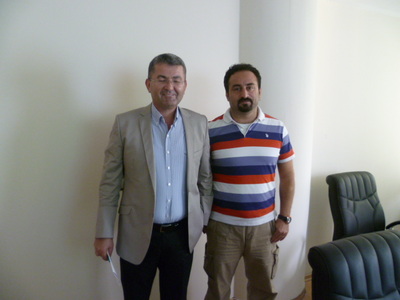
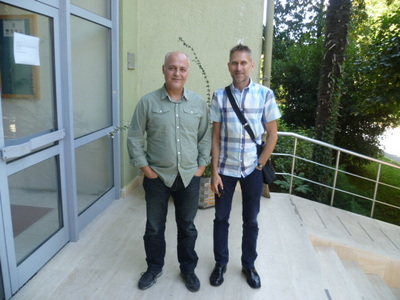
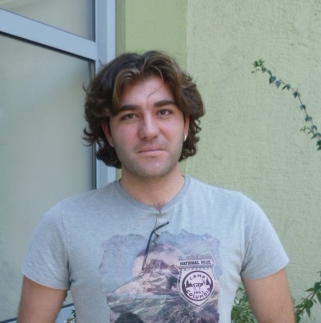
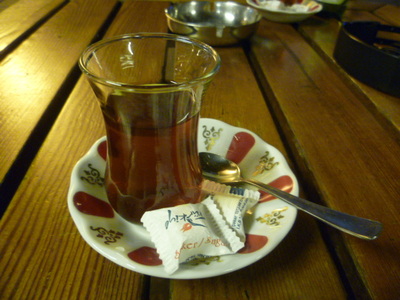
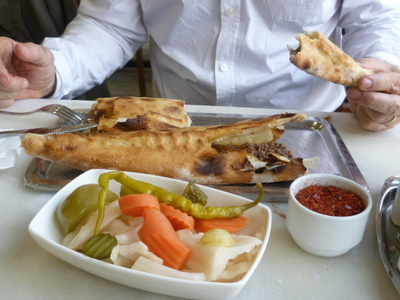
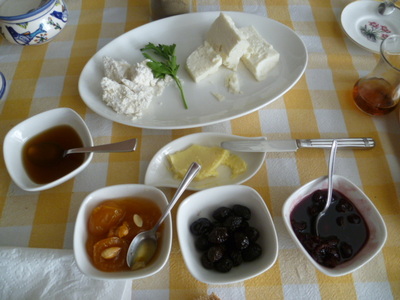
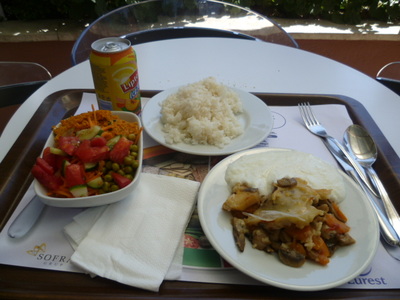
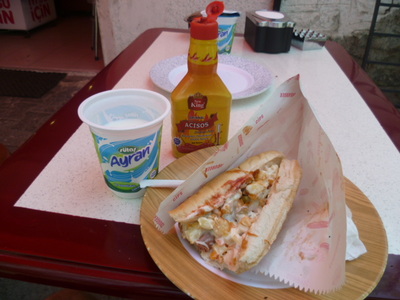
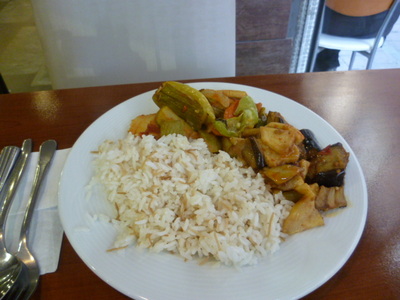

 RSS Feed
RSS Feed

